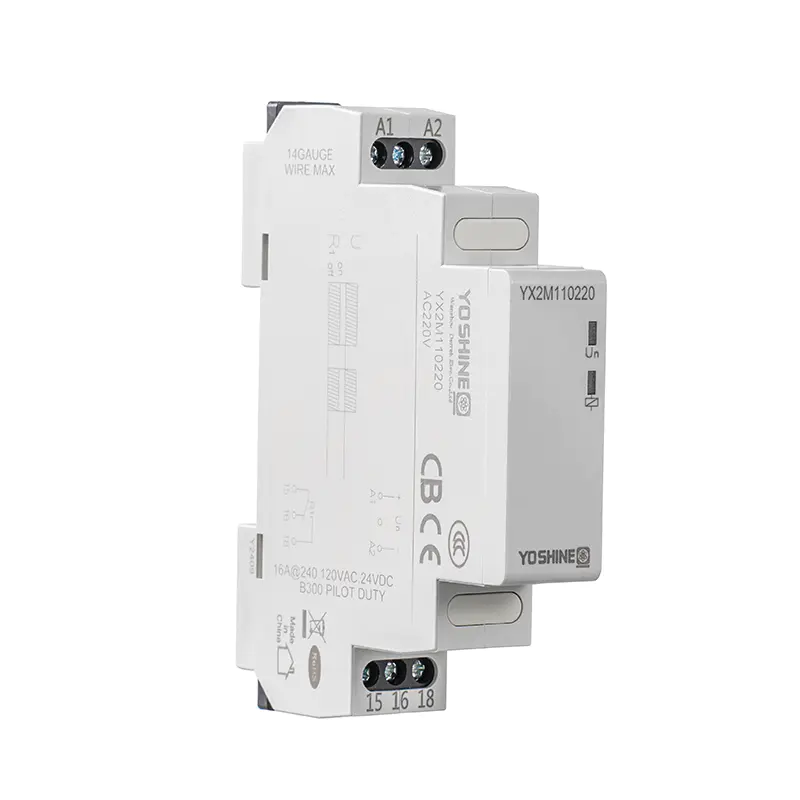A phase sequence monitor is a critical device used in electrical systems that operate with three-phase power. Its primary function is to check the order in which the phases are connected, helping to prevent equipment damage and ensure proper operation. By continuously monitoring the phase sequence, this device plays a significant role in maintaining system reliability and safety.
In three-phase electrical systems, the sequence or order of the phases matters greatly. The phases are typically labeled as L1, L2, and L3, and the correct phase sequence ensures that motors and other equipment rotate in the intended direction. If the phase sequence is incorrect, motors may run backward, which can cause mechanical damage, process interruptions, and safety hazards. A phase sequence monitor detects such errors before they result in serious problems.
One important feature of a phase sequence monitor is its ability to provide immediate indication when a phase reversal occurs. It often uses indicator lights or alarms to alert operators about incorrect wiring or phase order. Some models are equipped with relays that automatically disconnect power or shut down equipment if an incorrect phase sequence is detected. This protective action helps to avoid costly repairs and downtime.
The phase sequence monitor is commonly found in industrial environments where three-phase motors, pumps, compressors, and conveyor systems are widely used. These devices are also used in commercial buildings and power distribution panels where reliable power supply is essential. By confirming the phase sequence, they ensure that the connected devices receive power in the proper sequence to operate efficiently and safely.
Installation of a phase sequence monitor is generally straightforward. It connects to the three-phase lines and continuously checks the voltage presence and phase order. Many modern monitors are compact and can be mounted directly on control panels or switchboards. They are designed to handle a range of voltages and frequencies, making them versatile for various applications.
Beyond phase sequence detection, some advanced phase sequence monitors also check for phase loss, phase imbalance, and under-voltage conditions. These additional functions provide comprehensive monitoring, allowing maintenance teams to identify potential electrical issues early and perform preventive maintenance. This broad functionality contributes to improved system performance and longevity.
When selecting a phase sequence monitor, it is important to consider factors such as voltage range, response time, and interface type. Devices with fast response times can reduce the risk of damage by quickly detecting phase sequence errors. Clear visual or audible indicators help operators respond promptly to faults. Moreover, compatibility with existing control systems and ease of integration are key for efficient installation and operation.
Maintenance of a phase sequence monitor typically involves periodic inspection and testing to ensure the device operates correctly. Since these monitors are usually solid-state and have no moving parts, they require minimal upkeep. However, regular verification helps to confirm their accuracy and reliability, particularly in critical systems where power quality directly affects production.
The phase sequence monitor is an essential component in any three-phase electrical system. It protects equipment by verifying that the phases are connected in the correct order and by signaling any deviations promptly. Its role in preventing mechanical damage and ensuring safe operation makes it valuable in industrial, commercial, and utility environments. Understanding the functions and proper use of a phase sequence monitor can help operators maintain system integrity and reduce downtime.
https://www.relayfactory.net/product/single-phase-voltage-protection-relay/
